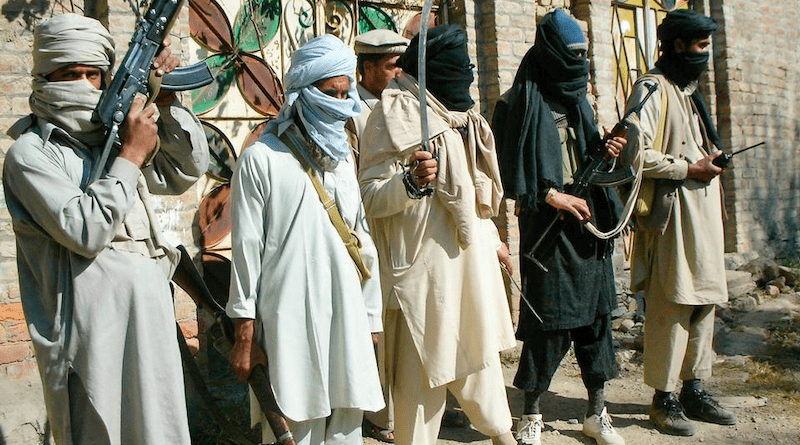The Resurgence Of TTP In Pakistan: How The Crippled Terrorist Outfit Reemerged – OpEd
Pakistan and Afghanistan have long been grappling with the issue of terrorism, with various extremist groups operating in the region. Among them, Tehrik-i-Taliban Pakistan (TTP) has emerged as a significant threat, with its recent resurgence in Pakistan and alleged sanctuaries across the border in Afghanistan.
The TTP, formed in 2007, is an umbrella organization comprising multiple militant groups operating mainly in Pakistan’s tribal regions. Over the years, the Pakistani military, after multiple anti-terror operations, has been able to dismantle the TTP’s command structure and significantly weaken its operational capabilities. However, recent developments indicate that the TTP is regaining strength and launching attacks with increased frequency.
The factors contributing to the resurgence of the TTP can be attributed to various factors, including the group’s adaptability, internal power struggles within Pakistani security apparatus, and cross-border movement facilitated by ungoverned spaces along the Afghanistan border. The TTP has capitalized on the security vacuum created by the withdrawal of international forces from Afghanistan, exploiting the porous and difficult-to-control border regions.
While the TTP’s resurgence in Pakistan is concerning, reports of their sanctuaries in Afghanistan add another layer of complexity to the issue. International media outlets have highlighted the alleged existence of TTP safe havens in Afghanistan’s eastern provinces, including Kunar, Nuristan, and Nangarhar. These sanctuaries provide space for the TTP to regroup, rearm, and plan attacks on Pakistani soil.
According to various reports, the TTP has established key alliances with other militant groups, such as the Haqqani Network and Jamaat-ul-Ahrar, in these border regions. These alliances allow the TTP to leverage resources, including manpower, weapons, and financial support, making it a formidable force once again. International media sources have further suggested that the TTP’s sanctuaries in Afghanistan could potentially serve as a launching pad for attacks on Western forces operating in the region.
The resurgence of the TTP and the alleged sanctuaries in Afghanistan have not gone unnoticed by the international media. Several reputable news outlets have covered this subject, shedding light on the evolving security situation in the region. Reports have highlighted the challenges faced by both Pakistan and Afghanistan in dealing with the TTP, given the transnational nature of the threat.
International media coverage has stressed the need for increased cooperation between Pakistan and Afghanistan to tackle the menace of terrorism effectively. Moreover, the presence of international terrorist groups, such as Al-Qaeda and the Islamic State, in the region, has further exacerbated concerns surrounding the TTP’s resurgence.
The resurgence of the TTP in Pakistan and its alleged sanctuaries in Afghanistan pose a significant security challenge for the region. The TTP’s adaptability, internal power struggles within Pakistan’s security apparatus, and the porous border between the two countries have all contributed to its resurgence.
Addressing the TTP threat requires a comprehensive approach involving strong intelligence coordination, increased border security measures, and enhanced counter-terrorism operations in both Pakistan and Afghanistan. Only through joint efforts can the menace of terrorism be effectively curbed, promoting stability and peace in the region.

